Author’s Note:
In this article, I explore how I used the key inquiry of “What is our Desired Future” to inform program design, evaluation, and personal and professional development of the young emerging filmmakers in Free Spirit Media’s Industry Pathways program. Using the Mapping Our Desired Futures Lesson Plan, we explore how these participants define and plan for success in their creative journeys, while envisioning a desirable future for themselves and the film and media industry. The embedded quotes are the aspirational visions of the program participants.
Background of Free Spirit Media Pathways & The Chicago Track
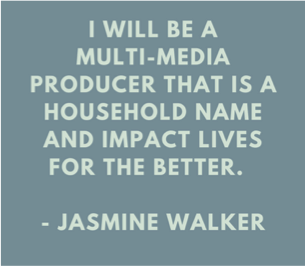
In 2014, The City of Chicago Department of Cultural Affairs and Special Events partnered with Free Spirit Media and Young Chicago Authors to launch “The Chicago Track”, a creative workforce development program for diverse 18 – 25 year old young creatives from across the city of Chicago interested in pursuing careers in the film and music industries. Through panels, workshops, and networking events with industry leaders, The Chicago Track was formed to create pathways for young people to develop the knowledge and skills needed to advance their careers in film and music, while building relationships with professional industry mentors who can link them to their next opportunity. At Free Spirit Media, the Chicago Track aligned perfectly within the vision of our Pathways initiative—-to equip the next generation of creators, producers and crew, contributing to a diversified media industry that values & amplifies stories & voices of marginalized peoples.
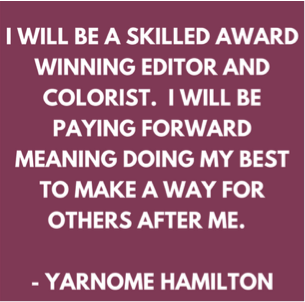
In the first year of the program, Free Spirit Media led the film track, serving ninety six students in seven workshops with a total attendance of two hundred and forty. Workshops featured over twenty industry professionals as mentors and instructors in camera, post, documentary, producing, and more. Curricular content was focused on career exploration, developing professional and technical skills, and networking with peers and industry mentors. The primary outcome of the program was defined as, “ Participating aspiring/emerging creative professionals gain awareness of the breadth of jobs and career paths in the creative industries, and are linked to professional resources and job opportunities that can advance their careers in the regional creative sector.” Survey feedback demonstrated that we were successful in engaging participants in connecting with peers and mentors, and building skills and knowledge: 85% of participants surveyed developed skills needed in order to compete for jobs/ opportunities in the industry; 89% connected with professional mentors, and 89% connected with other aspiring / emerging mentors.
Free Spirit Pathways Program Model and Participant Progression
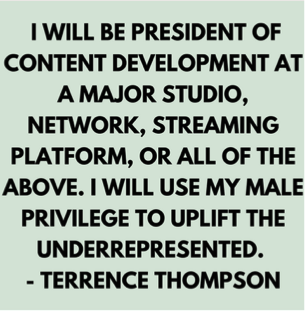
Drawing on the first year’s success, the program expanded in 2015 to serve one hundred and thirty one students in sixteen workshops with a total attendance of two hundred and eighty six. We deepened our engagement with our most passionate and dedicated students, recruiting a cohort of twelve students who received over ten additional intensive skill and technical based opportunities. These students were then connected to paid summer apprenticeship opportunities through an expansion of our high school summer internship program, as well as other next level paid production on set gigs and opportunities. With our 2015 expansion, we realized that we could have greater impact not by increasing the reach of the program with more participants, but by deepening our investment in a cohort of students who would receive consistent, comprehensive and ongoing technical and professional training and career placement and support services.
Learning from the pilot cohort, we developed a new comprehensive curriculum in 2016, launching an Industry Pathways Certification Program for ten students in the Spring of 2017. The program will encompass over hundred hours of training in career exploration, professional development, production bootcamp, on set project based experience, portfolio development and a culminating apprenticeship and mentor matching fair. By building a clear, scaffolded career pathway from the cohort program to the apprenticeship program, we ensure that students are equipped with the knowledge, skills and mindsets they need to be successful in the fast paced, competitive environments the film and media industry is known for.
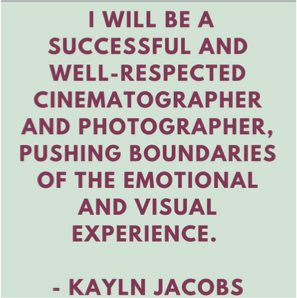
When apprentices graduate from the program, they become fellows, receiving continued support from the Free Spirit Media team in the form of career counseling and referral to paid production work and other opportunities. Our vision for the fellows as they level up to become trailblazer in the industry is that they have creative, fulfilling, financially stable independent lives of their own choosing, built by leveraging their strong social network of professionals that open doors for the next generation and peers that lift each other up by holding each other accountable to their goals, vouching for each other and collaborating on creative projects.

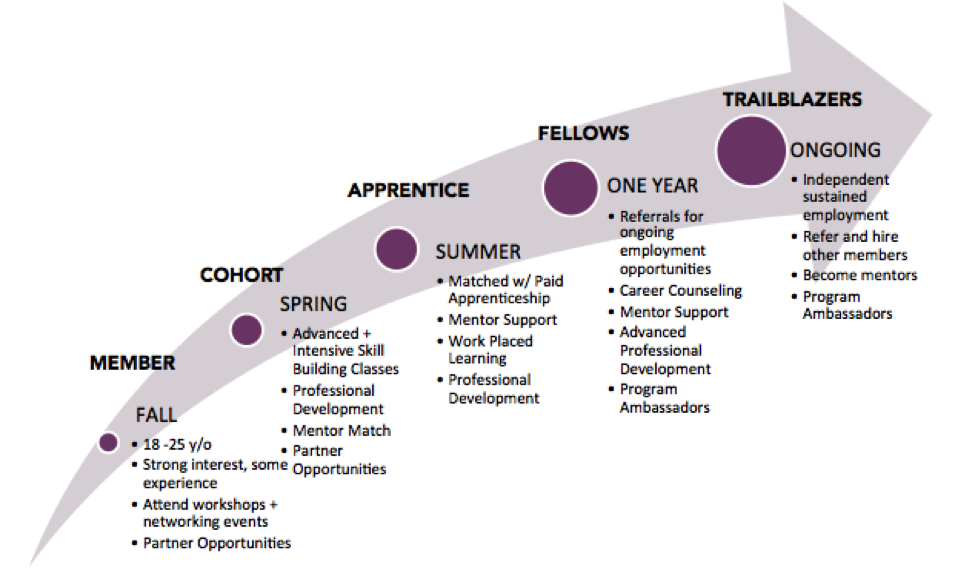
As we expanded the logic model of our Pathways program to chart the progression from Participant/ Member to Trailblazer, we turned to our first cohort and current fellows to learn what success looks like from their perspective, and what long term outcomes they have for their careers, and by extension, our program.
While we knew that the the fellows were setting and reaching milestones in their career, we had no standard benchmarks to chart their progress. In an industry full of freelancers, short term gigs, and fluctuating economies, there is no straightforward precedent for long term outcomes in creative workforce programs. Inspired by The Alliance’s 50 States Dinner Party Project central question of “What are our desired futures?” and a need to understand the existing and potential impact of our program, we gathered the fellows together for a night of reflection and prophesying.

While sharing a meal of tacos on a full moon, we pondered the question of success and of our desired futures—for the program, the industry, and ourselves. We used the Mapping Our Desired Futures lesson plan format to reflect on what fellows had accomplished in the past year, and their dreams for this year and beyond. By combining collaborative inquiry as a tool for personal and professional development, focus group evaluation methods, and the fundamental components of the 50 States Dinner Party Project, we learned from the fellows what success looked like and could look like in their future.
When charting and defining success, three themes emerged as critical:
- Creating and chasing opportunity
- Activating network of peers and mentors
- Creating Content
When reflecting on their aspirations for themselves and the industry, consistent themes were:
- Equity of representation on and off screen
- Intentional Inclusion
- Original Content by Creators of Color
The thread from defining success to aspirational achievement is apparent. Students must both create and be connected to opportunities to grant equity of representation on and off screen. Both peers and mentors are key drivers of intentional inclusion, opening doors and supporting the next generation in creating a more open and diverse industry. Finally, content is the driving force of all mediamakers, and representation as both creators and crew is necessary to change the narrative landscape of the media we create and consume.
The following graphics summarize the fellows vision and journey as they become the next generation of trailblazers.
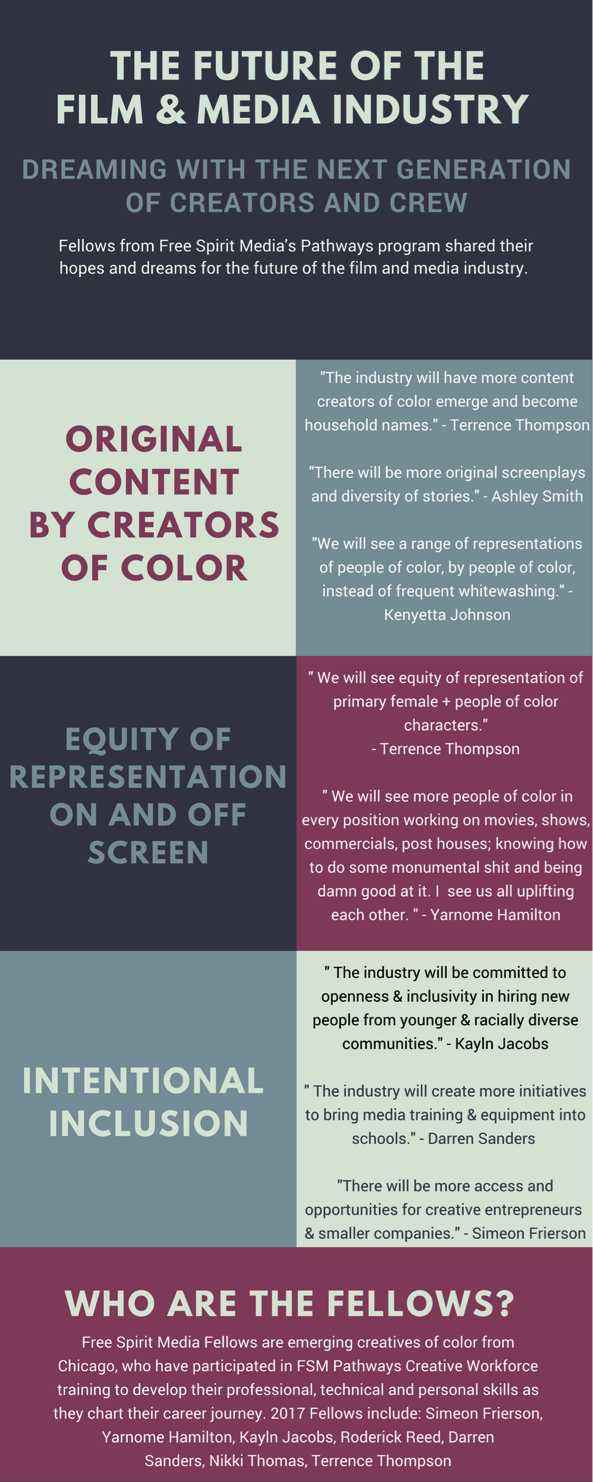
About the Author:
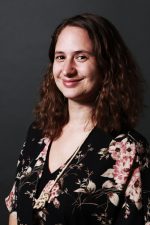 Lucia Palmarini is an educator, program manager, and mobilizer whose mission is to bring people together through the creation and experience of the media and creative arts. As Pathways Manager at Free Spirit Media, she oversees FSM’s professional and workforce development programs that help emerging creatives build careers in the film and media industries. Before Free Spirit Media, Ms. Palmarini was a driving force as Director and Festival Manager at CIMMfest, the Chicago International Movies and Music Festival, and Community TV Network, Chicago’s oldest youth media organization. She started her career in non-profit program development and strategy with the co-founding of Cincinnati’s first community based bicycle shop, MoBo Bicycle Co-op in 2007 before turning her focus to developing youth & community arts programs. Ms. Palmarini has designed and facilitated numerous intergenerational community arts programs in topics from hip hop arts, photography, peace education, oral history, creative writing, artrepenuership, community exploration, documentary filmmaking and more. With a Masters in Arts Management from Columbia College Chicago, and a Bachelors in Documentary Studies from the College of Santa Fe, Ms. Palmarini strives to connect the bridge between vision and strategy, program and process. Her passions include but are not limited to storytelling, databases, potlucks, film screenings in unlikely places, social entrepreneurship and making the impossible possible.
Lucia Palmarini is an educator, program manager, and mobilizer whose mission is to bring people together through the creation and experience of the media and creative arts. As Pathways Manager at Free Spirit Media, she oversees FSM’s professional and workforce development programs that help emerging creatives build careers in the film and media industries. Before Free Spirit Media, Ms. Palmarini was a driving force as Director and Festival Manager at CIMMfest, the Chicago International Movies and Music Festival, and Community TV Network, Chicago’s oldest youth media organization. She started her career in non-profit program development and strategy with the co-founding of Cincinnati’s first community based bicycle shop, MoBo Bicycle Co-op in 2007 before turning her focus to developing youth & community arts programs. Ms. Palmarini has designed and facilitated numerous intergenerational community arts programs in topics from hip hop arts, photography, peace education, oral history, creative writing, artrepenuership, community exploration, documentary filmmaking and more. With a Masters in Arts Management from Columbia College Chicago, and a Bachelors in Documentary Studies from the College of Santa Fe, Ms. Palmarini strives to connect the bridge between vision and strategy, program and process. Her passions include but are not limited to storytelling, databases, potlucks, film screenings in unlikely places, social entrepreneurship and making the impossible possible.

